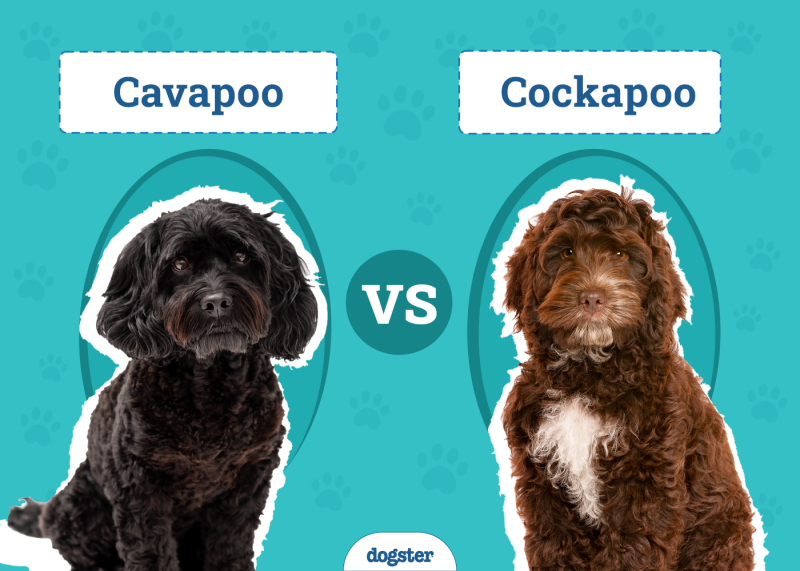In this article
View 3 More +In the pet world, discussions often revolve around topics like nutrition, exercise, and grooming. But have you ever heard about chastity belts for dogs? It might sound strange to some owners, but it’s an important and interesting topic for many others. Indeed, these devices can have a big impact on canines and their humans. So, let’s break down what they are and when they might come in handy.

How Does It Work?
Chastity belts, also known as anti-breeding devices or dog chastity harnesses, are designed to prevent unwanted mating. They typically comprise a harness-like structure that fits snugly around the dog’s abdomen and covers their genital area. It’s secured with adjustable straps to ensure a proper fit without causing discomfort.
The primary function of a chastity belt for canines is to inhibit mating behavior by physically preventing access to the genitalia. When properly fitted and worn, this device acts as a barrier, thwarting attempts at copulation.
What Are the Different Types of Chastity Belts for Dogs?
The Pet Anti-Breeding System, or PABS, is a specialized device designed to prevent unwanted mating in dogs. Unlike other types of chastity belts, it utilizes a unique approach to inhibit reproductive behavior without causing discomfort to the animal.
PABS is a lightweight, breathable harness that securely fastens around the dog’s abdomen. One notable feature of PABS is its versatility, as it can be easily adjusted to fit dogs of various sizes and breeds. Also, the harness is constructed from durable materials to withstand the rigors of daily wear and activity.
When Is It Used?
If you don’t plan to breed your dog, the best course of action would be to spay them. However, there are times that you want to prevent pregnancy while you wait for their spay surgery date or while deciding when to plan their next litter.
Chastity belts for dogs are typically used in the following scenarios:
- To prevent uncontrolled breeding. For dog owners who do not intend to breed their dogs at the present or otherwise wish to prevent unplanned litters, a chastity belt offers a practical solution to avoid unwanted pregnancies until spaying can be done.
- If your dog has undergone surgery. Surgeries that relate to the genitals or even anal area can be covered by a chastity belt to protect the incision while it heals.
- When traveling or boarding. When traveling or boarding their pups, owners may use chastity belts to minimize the risk of mating with unfamiliar dogs and potential health hazards.
- Prevents unplanned pregnancies and mitigates overpopulation
- Reduces risk of sexually transmitted diseases and injuries from mating
- Provides peace of mind for owners concerned about their dog’s safety and well-being
- May cause discomfort or irritation if not properly fitted or worn for extended periods
- Can restrict natural behaviors, such as urination and grooming
- Requires strict monitoring, maintenance, and supervision to ensure effectiveness and prevent complications
Frequently Asked Questions (FAQ)
Are Chastity Belts Cruel for Dogs?
When used properly and for the right reasons, chastity belts are not considered cruel for dogs. That said, it’s crucial to prioritize the comfort and well-being of the dog when they’re wearing one. Rather than relying on a chastity belt, consider spaying your dog if you don’t plan to breed them.
Can Chastity Belts Cause Health Problems?
Yes, improperly fitted or worn chastity belts may lead to skin irritation, chafing, or urinary tract infections. Regular checks and adjustments are necessary to prevent such issues.

How Long Can a Dog Wear a Chastity Belt?
Dogs should only wear chastity belts for short periods, such as during walks or supervised activities. Prolonged use may lead to discomfort and other problems.
Can Female Dogs Wear Chastity Belts While in Heat?
The use of chastity belts will almost solely happen when a dog is in heat as this is the time that they are receptive and attractive to males. Most will even come with a little pocket where you can insert a sanitary pad to collect the bloody discharge.
Do Chastity Belts Work for All Dogs?
While these devices can be effective for many dogs, individual factors like breed, size, and behavior should be considered first. Consulting with your vet is strongly recommended to determine if a chastity belt would be appropriate for your dog.
If you need to speak with a vet but can't get to one, head over to PangoVet. It's our online service where you can talk to a vet online and get the advice you need for your dog — all at an affordable price!


Conclusion
A chastity belt can be a valuable tool in certain cases, as it offers a relatively simple solution to preventing unwanted litters and promoting the health of a dog. That said, spaying is typically the best choice if you don’t want to breed a dog, but these devices can be used while waiting for the spay surgery or if you plan on breeding her at a later date. Chastity belts must be used wisely and you’ll need to prioritize the comfort and well-being of the animal at all times. It’s essential to be well-informed about the advantages, disadvantages, and appropriate use of chastity belts before putting one on your beloved pup. As always, ask your veterinarian for advice if you have any remaining doubts or questions.
Featured Image Credit: yrenoer Dog Panties for Dogs in Heat



















2 Responses
These type female 'chastity" belt diaper things are completely unreliable, as are the male belly bands. A determined dog is going to pull it off, or rub their side against something to push it back to expose their wedding tackle,band wham bam thank you ma'am, you got an unwanted pregnancy.
Hello Dennis,
Thank you for your message. It is true that a determined dog may be able to remove or shift these items, making them an unreliable method for preventing breeding.
For any dog, the only 100% effective and responsible way to prevent unwanted pregnancy is through spaying (for females) or neutering (for males). We highly encourage all responsible pet owners to have their dogs spayed or neutered.
For more information, you may find these articles helpful:
"Dog Spaying: When, Why & How It’s Done (Vet-Reviewed)": https://www.dogster.com/dog-health-care/dog-spaying
"Dog Neutering: When, Why & How It’s Done (Vet-Reviewed)": https://www.dogster.com/dog-health-care/dog-neutering
We hope this helps.